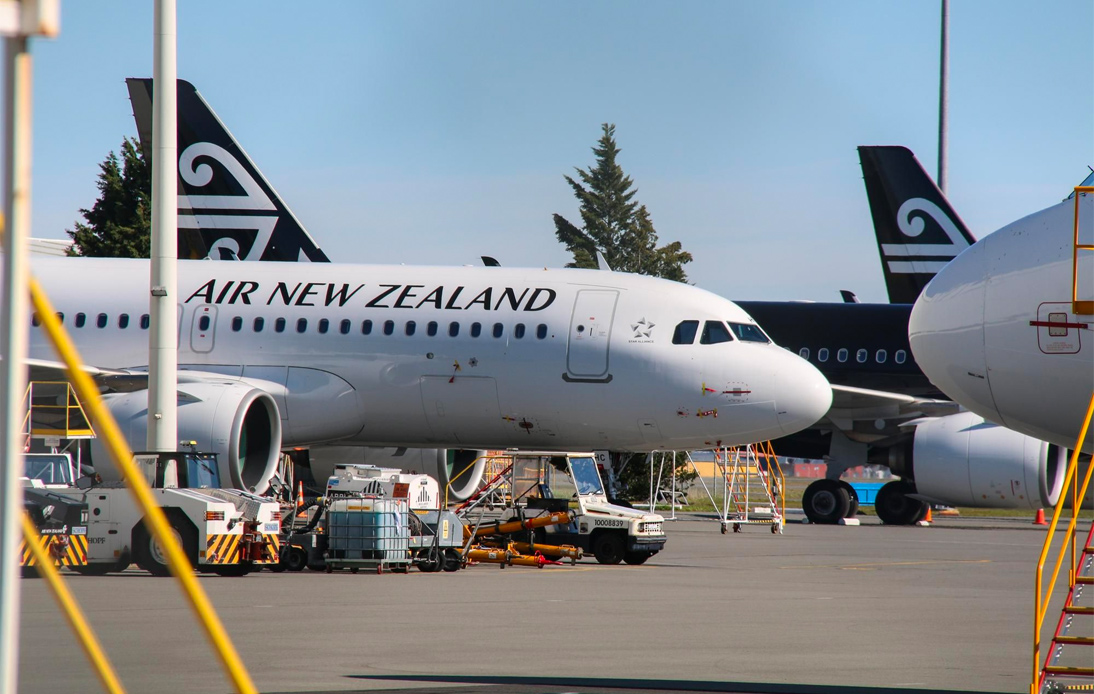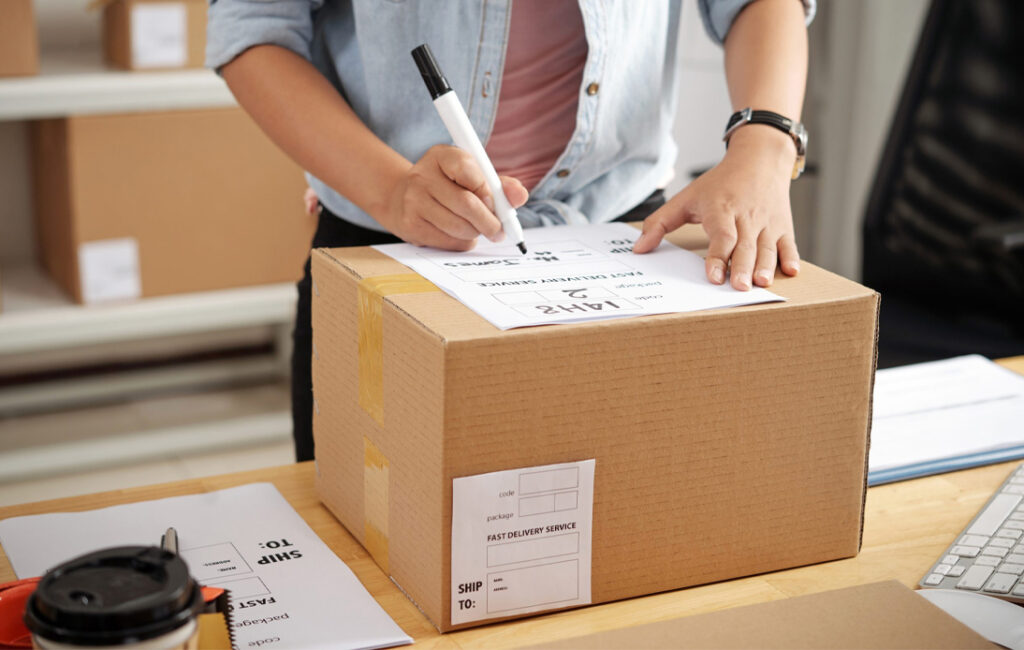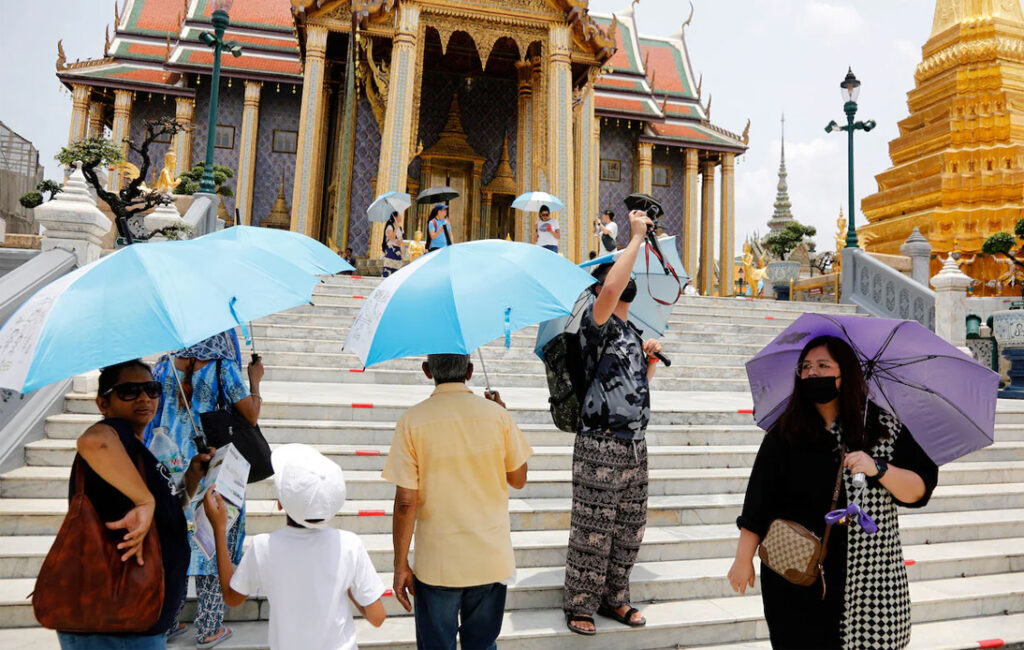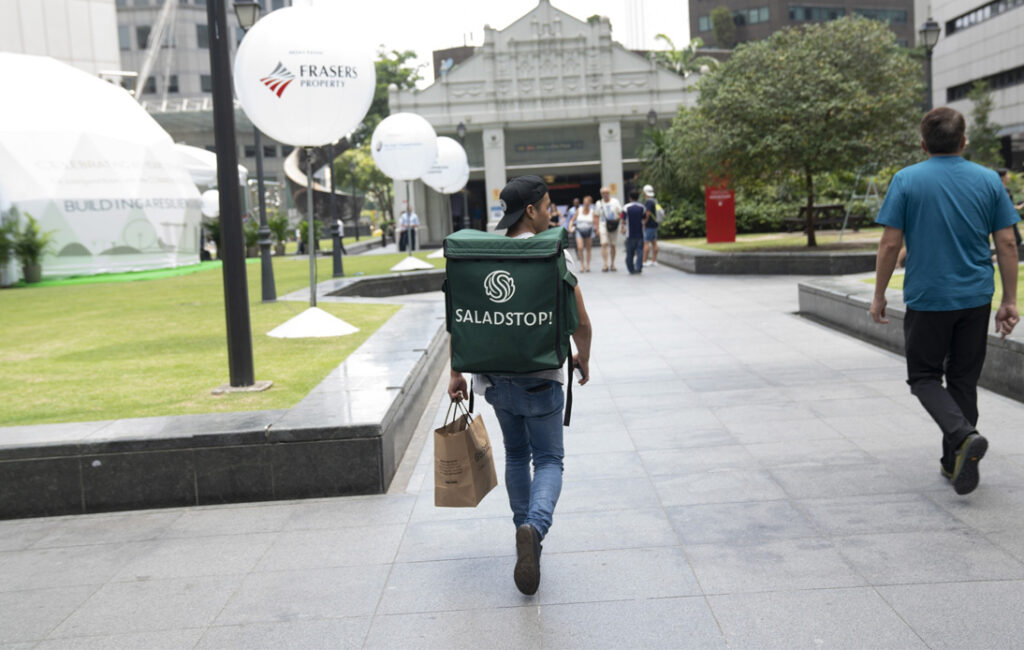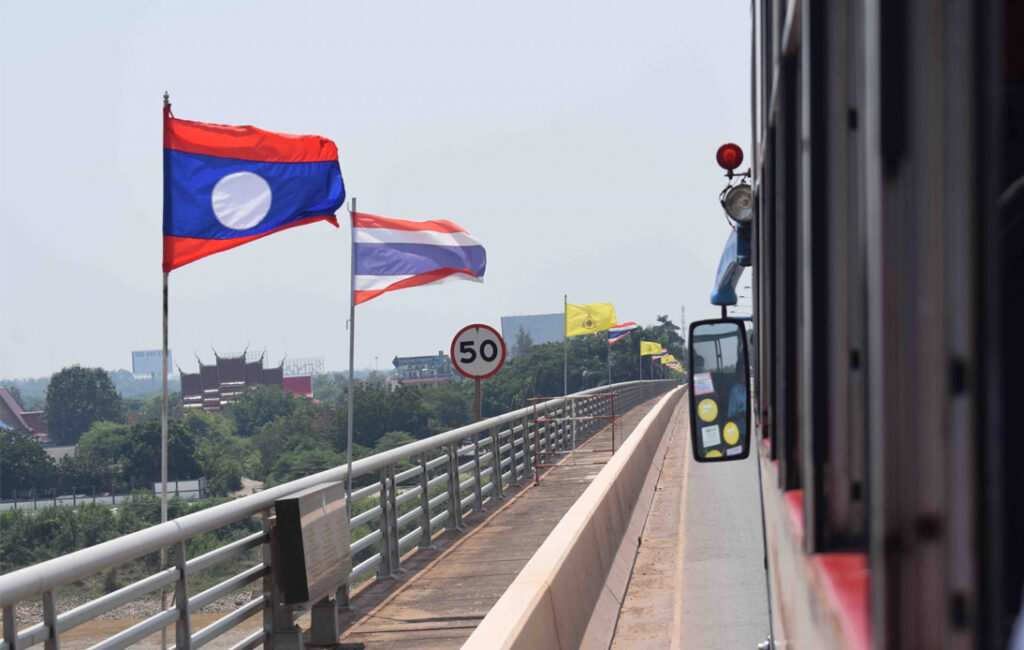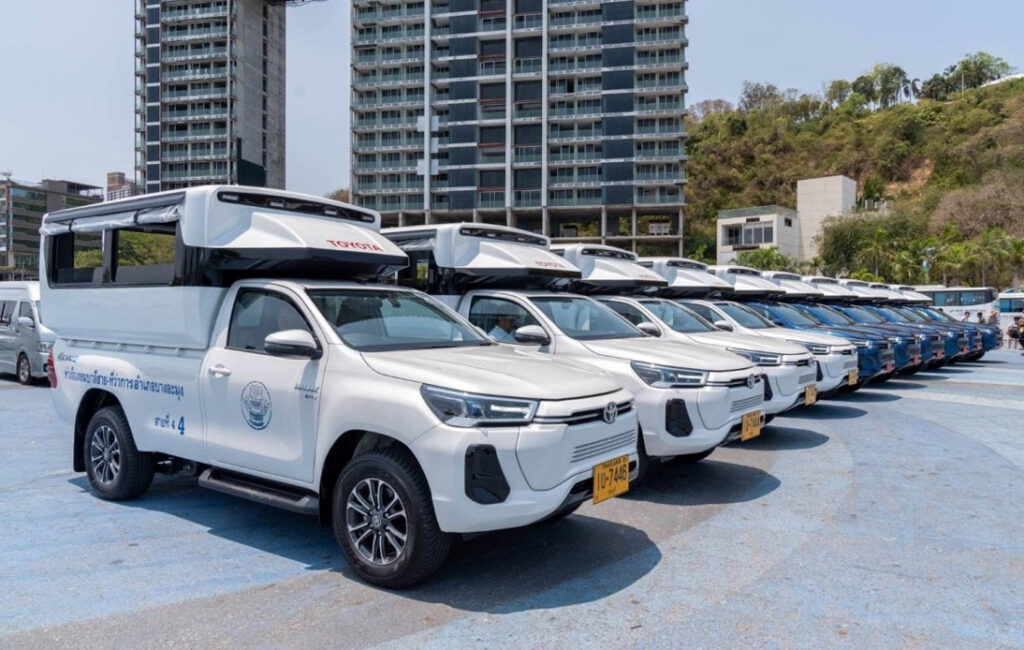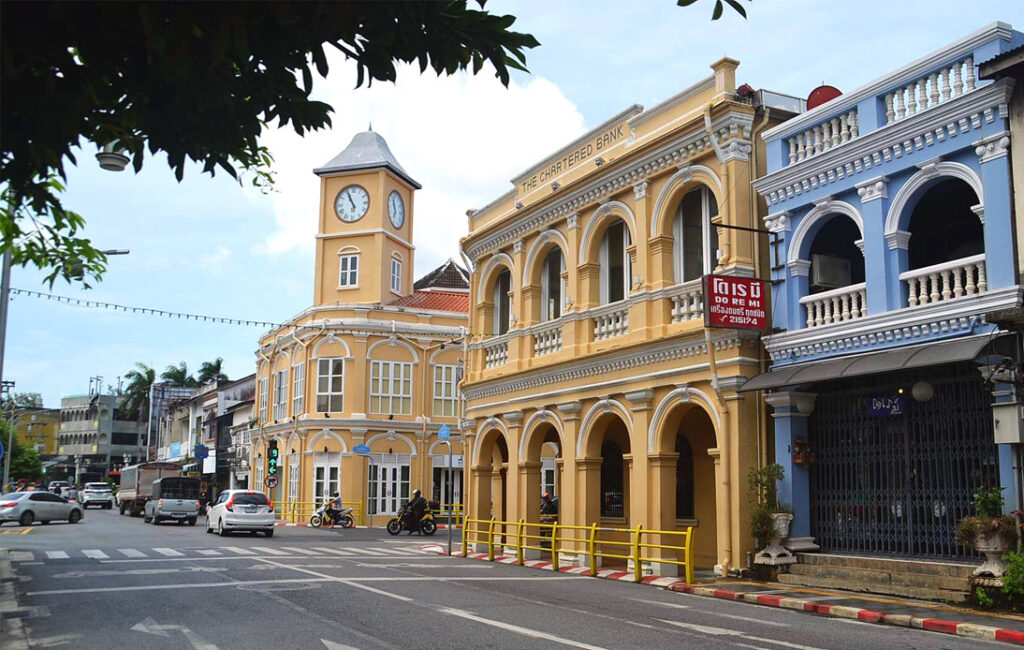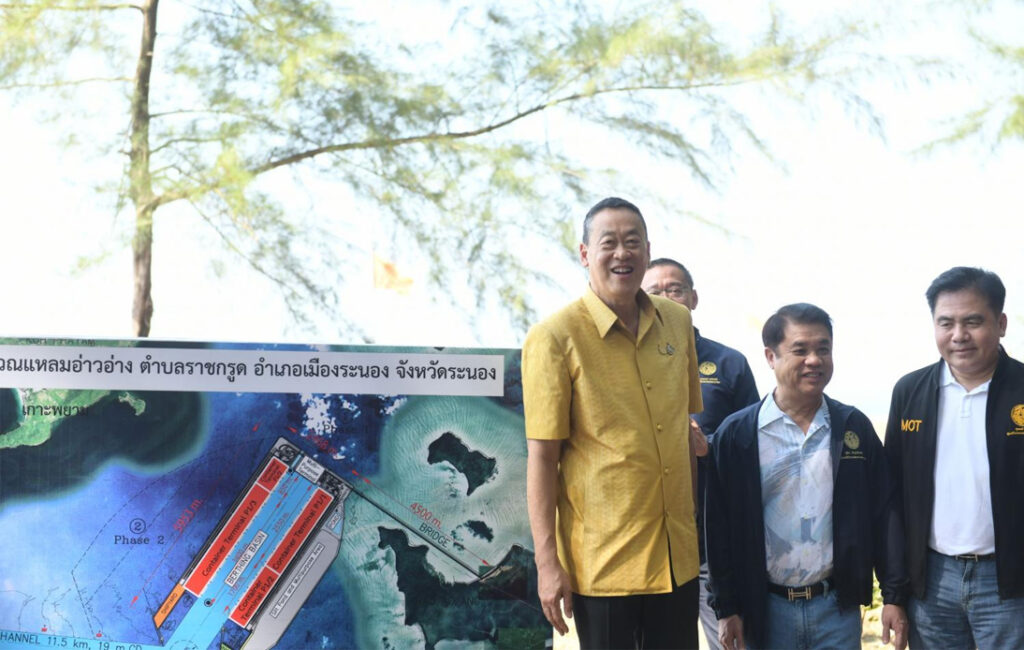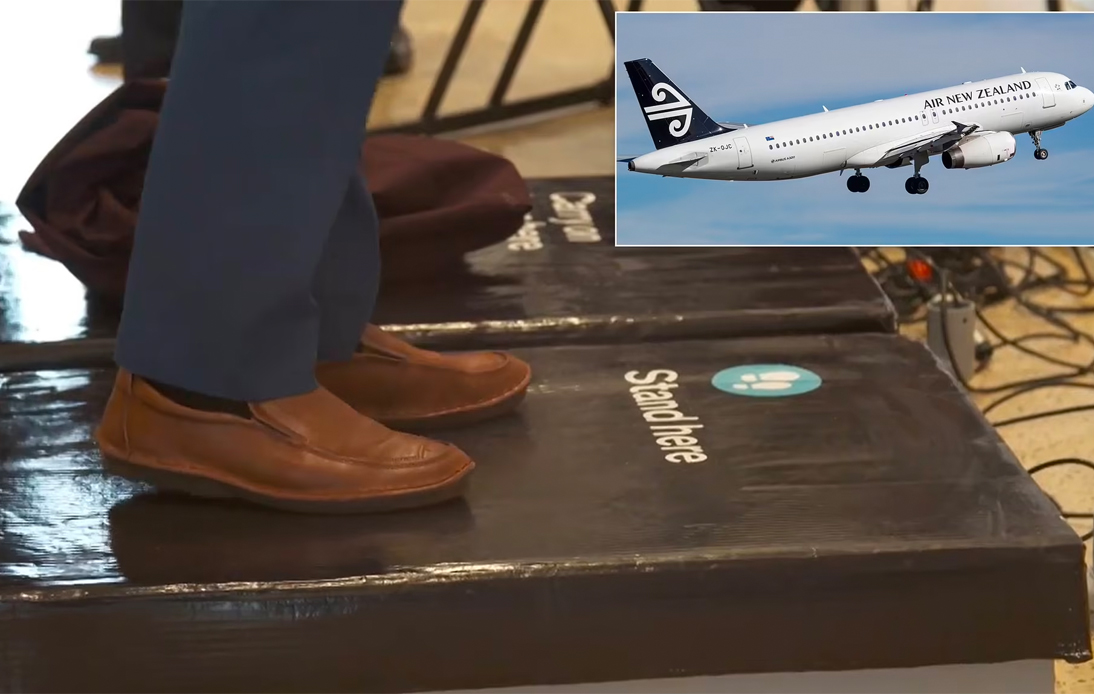
Weighing the luggage of passengers at check-in is standard procedure for international flights; however, in Auckland, it’s now the travelers themselves stepping on the scales before embarking on an overseas journey with Air New Zealand.
The intention behind this isn’t to highlight passengers who may overload or unbalance the aircraft but rather, according to the airline, the aim is to conduct a survey to amass tangible data.
“For safety reasons we need to know the weight of all items onboard the aircraft,” the airline conveys. The survey is a requirement by the nation’s Civil Aviation Authority, as communicated to NPR by the airline.
The weights of passengers are collected anonymously.
“We weigh everything that goes on the aircraft — from the cargo to the meals onboard, to the luggage in the hold,” Alastair James, a load control specialist for the airline explained, so pilots have precise knowledge of the aircraft’s weight and balance.
“For customers, crew and cabin bags, we use average weights, which we get from doing this survey.”
“No one can see your weight — not even us!” reassured James. However, he acknowleged that the act of weighing oneself in a public space “can be daunting.”
He went on to say “The scales do not display the weight as this is fed directly into a computer and recorded anonymously along with thousands of other passengers.”
The weighing procedure is done before passengers reach their boarding gate ad those who don’t want to participate can skip it. The goal is to collect data from at least 10,000 airline passengers.
The airline also weighs passengers’ carry-on luggage as part of this five-yearly survey, which started this Sunday and will proceed until early July.
This weight survey is far from the contentious strategy employed by Samoa Air in 2013, where passengers’ airfare was priced according to their weight. However, they were not the only ones to follow this approach.
Brian Clegg, a science writer, once told NPR that “if they had their way, airlines would love to weigh passengers as they get on the planes, but it would be too embarrassing.” He added, “In fact, they actually used to do it in the very early days of flight.”
The collected data helps in calculating the balance and weight of flights.
As noted by the U.S. Federal Aviation Administration, weight impacts everything from a plane’s ascent speed to its cruise altitude, velocity, and agility. Overloading is a significant issue, particularly for transcontinental flights.
“Most modern aircraft are so designed that, when all seats are occupied, the baggage compartment is full, and all fuel tanks are full, the aircraft is grossly overloaded,” warns the FAA.
Therefore, airlines and pilots must guarantee the proper balance and weight for the safe execution of flights.
“If maximum range is required, occupants or baggage must be left behind,” says the FAA, “or if the maximum load must be carried, the range, dictated by the amount of fuel on board, must be reduced.”
These considerations are vital for airlines, particularly in a country like New Zealand. Air New Zealand operates long international flights, like the non-stop trip from Auckland to New York City.
The airline is also gearing up to introduce more amenities, including “Skynest” bunk beds for longer routes.




